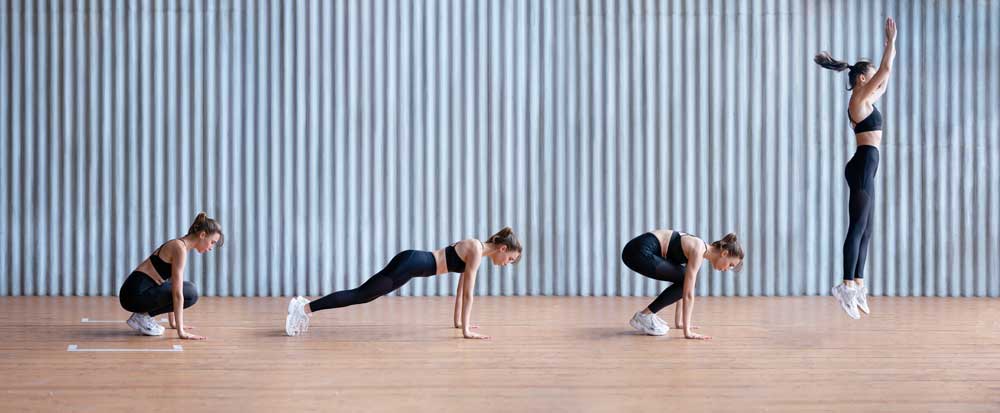Gal Gadot’s metamorphosis into Wonder Woman didn’t happen overnight! For her role as an Amazonian warrior, she combined a variety of exercises that focussed on more than just her weightlifting abilities. She created an entire series of ‘metabolic workouts’ to build endurance, enhance agility, sculpt muscle, strengthen the core, and most importantly, keep the extra kilos off.
Sounds aspirational? You can achieve all these goals as well, with a basic understanding of how metabolic workouts benefit your body.
Let’s face it, fitness is an uphill task, especially with advancing years. In your 20s, you could binge on that extra slice of cheesecake without piling on the pounds. Unfortunately, it gets harder to knock off those extra calories as you grow older. This is because your metabolism slows down as you grow older, and your body is less efficient at managing energy. Metabolic workouts can help change that, by incorporating a variety of movements and practices that help you store and release energy better.
Fitness coach Josh Kuruvilla says, ‘Put simply, a metabolic workout is one which uses moderate and high-intensity exercises to burn energy efficiently. The myth is that metabolic workouts are only about weight loss, because they increase the metabolic rate. This is true, but metabolic workouts actually involve a variety of other exercises. In addition to burning fat, these can help build muscle strength, which is crucial as women grow older. It strengthens the arms, legs, chest, back, and other key muscle groups in the body. Metabolic workouts also tend to be full-body workouts or circuit-training workouts, as they ensure compound exercises that target different goals.’
A metabolic workout is also known as metabolic conditioning or MetCon. Over time, it increases your body’s metabolic rate, ensuring fat loss and efficient usage of energy. They are often confused with HIIT workouts, although the two aren’t the same. HIIT workouts focus on very high intensity workouts in short bursts. MetCon is a continuous workout that interchanges moderate and high intensity workouts. Workouts usually last for around 40 seconds, followed by a 20-second break before the next rep.

Exercises To Practice As Part Of A Metabolic Workout
Josh has a few suggestions for beginners who want to get started. It is always recommended that you take a few guided sessions with a trained fitness coach before you attempt to work out on your own.
Kettlebells: As far as equipment goes, kettlebells are easy to purchase and store. These come in different weights and sizes. You can start with a 4 kg kettlebell and slowly work your way up to 8 kg, 12 kg, 16 kg and so on. Kettlebell swings are the most popular exercise, but you can also use them for workouts like single- arm lifts.
Burpees: This is a mix of cardio and strength, a full-body exercise that works out your upper and lower body. You move from a standing to squat position, and then to a plank all the way on the floor, before hoisting yourself up again. Although this is challenging at first, burpees can really up your fitness game if you master them.
Jump squats: The idea of a squat is intimidating enough (there’s a reason why leg days are so dreaded!). They are the perfect way to strengthen the lower body. Imagine adding another layer to it with a jumping motion each time you’re at the top of the squat! Remember though, if you have any knee or leg injuries, you may need to modify this exercise.
Mountain climbers: Perhaps this is the perfect practice for a high-altitude trek. This position requires you to stay in a high plank, with your body in perfect alignment. One at a time, bring each leg under your body all the way in front towards your chest before taking it back again. Although mountain climbers are a great full-body workout, they primarily address your core and make it stronger.
What To Keep In Mind
Always start metabolic workouts under the supervision of a trained coach or fitness advisor. If you don’t warm up or prepare your body adequately for the workout, you could risk serious injuries. If you have any pre-existing health issues, always consult your physician before you begin. Modify the workout to suit your individual needs and limitations. While it is always good to push beyond your comfort zone, recognise your body’s signals and play it safe if you feel any pain. Make sure your posture is always correct, or you could cause real damage to your muscles. Beginners should restrict workouts to 20 or 25 minutes, while those who are more advanced can exercise for 45 to 60 minutes.